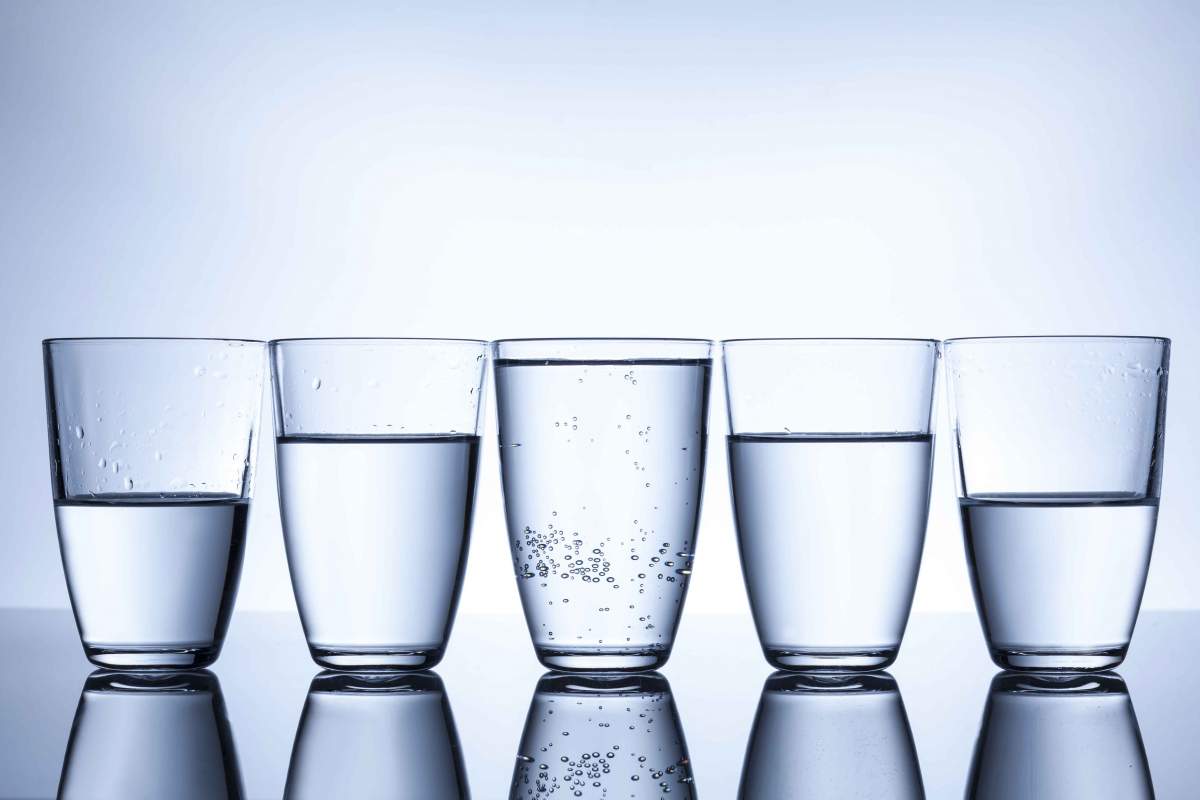
Optical Illusion
How does the shape of a glass affect how much you drink? A scientist set out to examine just this, and the results are rather astounding. Whatever the age of the subjects, they consistently poured more juice into short, wide, tumbler-type glasses than into tall, slender glasses. But they perceived the opposite, that they were pouring more into tall, slender glasses.
Psychologist Jean Piaget claimed that children overestimate the volume of vertical dimensions, but that as their brains mature, they develop the capacity to more accurately compare vertical and horizontal dimensions. The results of this study do support Piaget's idea to a certain extent in that the differential between the amount of juice adults poured into the two different glasses was less than the difference in what teenagers poured.
Vertical Challenge
While adults poured about 20 percent more liquid into short, wide glasses, teenagers poured a whopping 75 percent more into short, wide glasses. Adults do seem to be better at comparing the volumes of different shapes, but they still overemphasize the volume of vertical shapes.
Even experienced bartenders, though to a lesser degree than the rest of us, still pour a little bit more into short, wide tumbler glasses than into taller, more slender glasses.
This information is useful, especially for those trying to limit their intake. The teenagers in this study were at a camp where they were learning about portion control and dieting in order that they might lose weight, and yet the kids with the short, wide juice glasses were consuming significantly more calories than they realized.
Read More:
"Shape Of Beverage Glass Influences How Much People Pour And Drink" (Science Daily)









